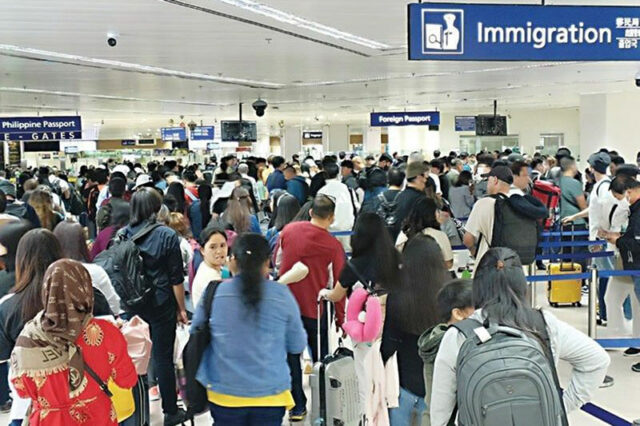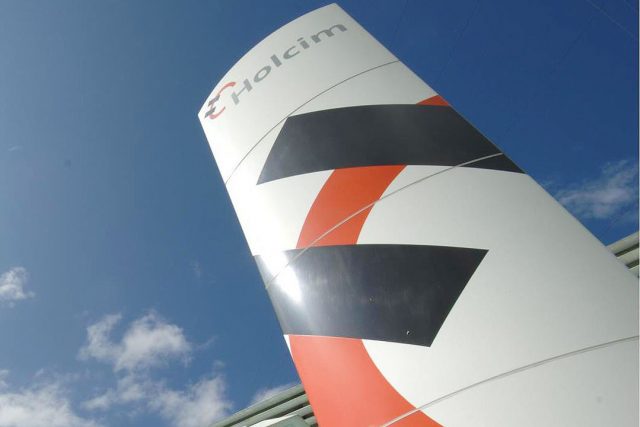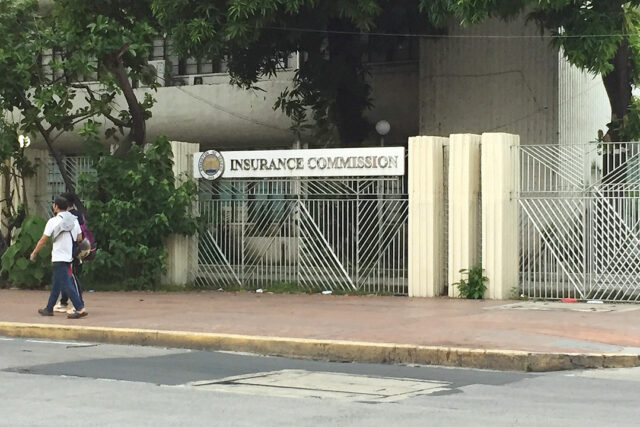The Department of Justice released recently its updated list of requirements for people traveling abroad either for leisure or work. The “new” travel guidelines, which take effect Sept. 3, are obviously causing some ripples. The concern is that these requirements are unnecessary if not illegal “restrictions” on the right to travel.
Moreover, with travelers being made to disclose to immigration officers more information than they normally would, then the new guidelines also raise some concern regarding privacy. Among the requirements being questioned is the need to disclose proof of financial capacity either through an employment or bank deposit certificate, or other proof of income.
These are documents that an ordinary traveler, for tourism, would not normally carry on his person when leaving. In fact, going over the new list of travel requirements, they seem more like the type of information required for a visa application, and not from outbound passengers at immigration counters at the airport.
In my 45 years of travel, I do not recall my parents (when I was a minor) or myself (as an adult and a parent) ever having to prove financial capacity or proof or income at immigration counters during departure. Not even on arrival in destinations abroad, for that matter. It was required for all visa applications, but never at immigration counters either at departure or arrival.
I have traveled mainly for tourism or press work abroad, or to attend conventions and seminars. I have never departed as an immigrant or as an overseas Filipino worker. So, I may feel differently about being asked certain information by immigration officers. To date, I have never had any issue with Immigration at departure or arrival. So far.
Offhand, the new travel guidelines appear to impose unnecessary bureaucratic hurdles on leisure travelers and those going on work-related short trips. Some quarters are likewise concerned that the new requirements just create new “corruption” opportunities for immigration officers or give corrupt officers the reason to ask for bigger bribes from syndicates.
Cagayan de Oro City Representative Rufus Rodriguez, a former Immigration commissioner, said the “more stringent rules will unduly interfere with the Filipinos’ right to travel.” He told media that requiring proof of financial capacity, like a bank statement or proof of income, would also violate a departing passenger’s right to privacy.
The Mindanao lawmaker added that the new requirements would also allow immigration officers “to exercise ‘subjective judgment, whims and discretion’ on departing passengers,” claiming that this is where “extortion, harassment and corruption will arise.” For Senator Risa Hontiveros, “Filipinos traveling out of the country should not be treated as second-class citizens within our own airports.”
In April, CNN Philippines reported that the Bureau of Immigration recorded about 6,000 cases of suspected human trafficking, illegal recruitment, and misrepresentation in January and February. The bureau’s spokesman also claimed that incidents of human trafficking and illegal recruitment occurred in a daily basis.
But as potential cases got flagged at immigration counters at various airports, the Immigration official also said only 0.6% of total departing passengers in January-February were “offloaded” due to suspicion of human trafficking, illegal recruitment, and misrepresentation. Meantime, a few immigration officers are also under investigation for suspicion of corruption.
However, according to Justice Assistant Secretary Mico Clavano, from Jan. 1-May 15, of over 39,000 referrals for secondary inspection at immigration counters, over 25,000 passengers were allowed to leave but about 14,000 were deferred or held back. If these figures are accurate, then it means about 35% of departing passengers were not allowed to leave and not just 0.6%.
I am uncertain as to which figures truly represent the current situation. However, without doubt, many Filipinos are being lured to apply for jobs abroad but end up in illegal activities. Not too long ago, about 200 Filipinos were reportedly recruited to work in Thailand but were later found being part of cybercurrency syndicates in Myanmar.
I believe all efforts to combat human trafficking should be supported. But such efforts, including the new travel guidelines, should be calibrated to be more effective. And they should be communicated clearly to the public. Perhaps this is where the Immigration bureau is falling short. It needs to clearly communicate the “red flags” for travelers.
In fairness to Immigration, it makes some distinction between those frequently traveling vs first-time travelers. Obviously, track record is important. It also makes the distinction between those traveling for leisure and for overseas work. Moving forward, it should clarify these distinctions and guide travelers accordingly.
The basic requirements for leisure travelers remain the same: a passport valid at least six months from date of departure; an appropriate valid visa whenever required; a boarding pass; and a confirmed return or roundtrip ticket when necessary. In the past, the return ticket was not usually presented at immigration counters. A passport and boarding pass and departure card were enough (prior to pre-submission of electronic embarkation card).
For self-funded tourists, the new guidelines now require the presentation of the confirmed return or roundtrip ticket; proof of hotel booking or accommodation; financial capacity or source of income consistent with the declared purpose of travel; proof of employment and other equivalent document. And, of course, embarkation details submitted through the eTravel portal.
And for minors traveling with parents, the parents will also need to present their children’s original Philippine Statistics Authority (PSA)-issued birth certificates or reports of birth; and, if the minor is traveling without the mother, the original copy of PSA-issued marriage certificate of the parents. Other conditions require other additional requirements, including clearances from the Department of Social Welfare and Development.
Given the many categories of travel, travelers are well-advised to check the new guidelines and to secure the necessary requirements ahead of time. This entails effort and resources, obviously, and possibly time off work to secure necessary documents. And given that these may have to be presented at initial or secondary inspection at immigration, then expect delays at the airport.
In a recent trip out, I recall having filled out a departure card online through the eTravel portal. If I recall, since May, Immigration has done away with paper-based departure cards. Although one still needs to go through Immigration counters before departure. The thing is, the eTravel portal already made travel easier. The electronic counters on arrival are also a big help.
With recent developments in air travel, it seems the new Immigration guidelines are out of sync as they make travelers bring along more “documents” instead of less. Worse, the new guidelines require additional trips to other government agencies or banks to secure requirements. All the hassle results in expenses that unnecessarily raise the cost of travel, not to mention time lost.
It is bad enough that airports still suffer from congestion. Good thing the X-rays at entrances have already been removed. And check-in and baggage drop-off processes are being streamlined. But final security check remains a hurdle with ever-changing rules regarding X-rays, shoes and belts, and electronic devices. For the sake of departing passengers, immigration should not be another sore point of travel.
Marvin Tort is a former managing editor of BusinessWorld, and a former chairman of the Philippine Press Council
matort@yahoo.com















